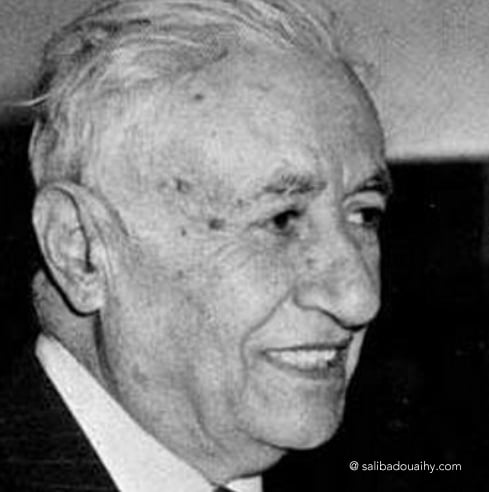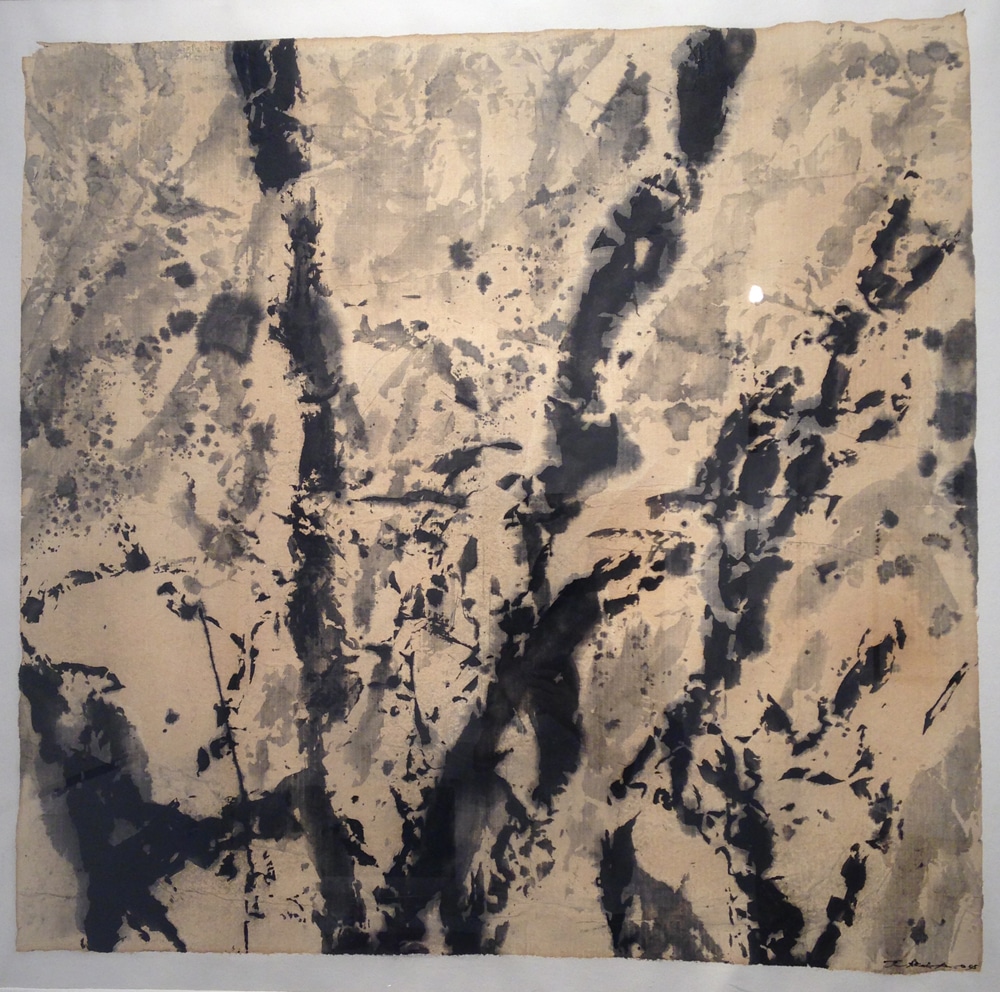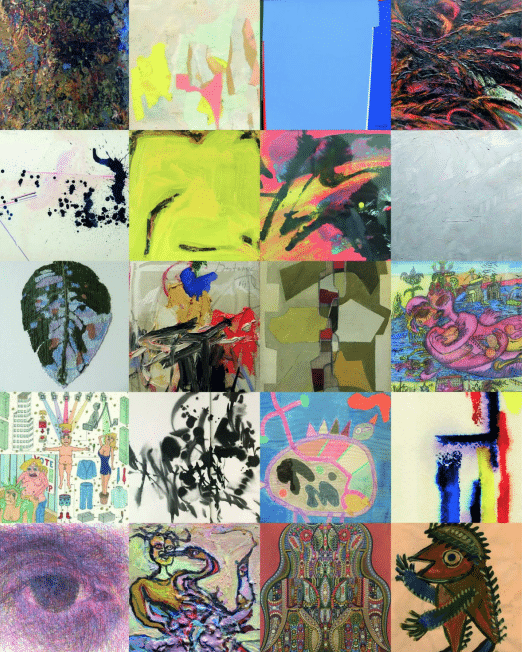Saliba DOUAIHY (1915-1994)
Saliba Douaihy was born in the mountain village of Ehden in Lebanon. Saliba started to draw from an early age, and at the age of 14, his teachers brought his work to the attention of one of Lebanons prominent artists, Habib Shrour, who was so profondly impressed by the young man’s work that he brought Saliba to Beirut. In 1929 at the age of 14, he left his home, family and friends to embark on what would become his long journey in the arts. Saliba completed his apprentischeship with Habib Shrour after obtaining a scolarship to participate in a program of intercultural exchanges between France and Lebanon. In 1932, at the age of 17, Saliba came to Paris to pursue his artistic formation through this program. In 1934, he won the prize for the best drawing at the École Nationale Supérieure et spéciale des Beaux-Arts of Paris. During this period of time, Saliba’s work was exhibited in several French salons. After graduating in 1936, Saliba returned to Beirut where he opened his first studio which became a popular destination for elites from the Lebanese society seeking new ideas. Saliba traveled the countryside to paint landscapes, portraits and scenes representing everyday life. In 1939, at the young age of 24, Saliba was already considered one of Lebanon’s four most prominent artists. In 1950 he was commissioned by the Lebanese president to visit the United States and Mexico as the cultural representative of Lebanon. During the 1960s, in New York, Saliba was credited with being the main promoter of abstract and flat style, with the undeniable contours of Art.



